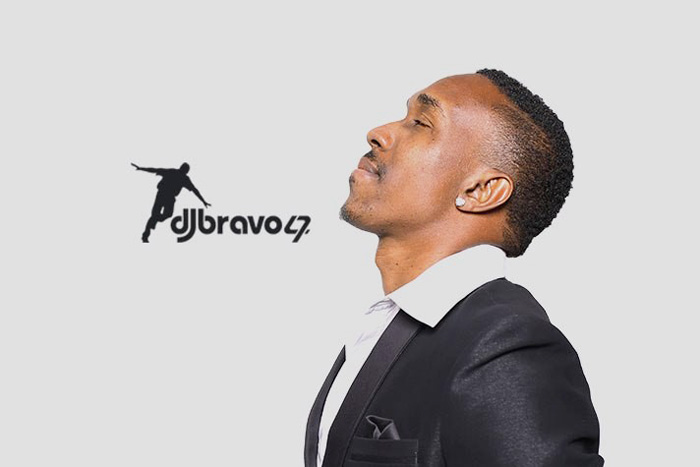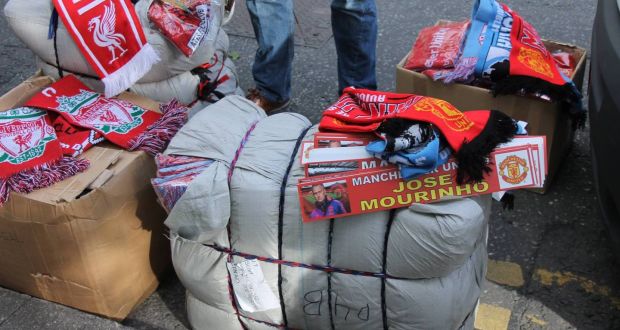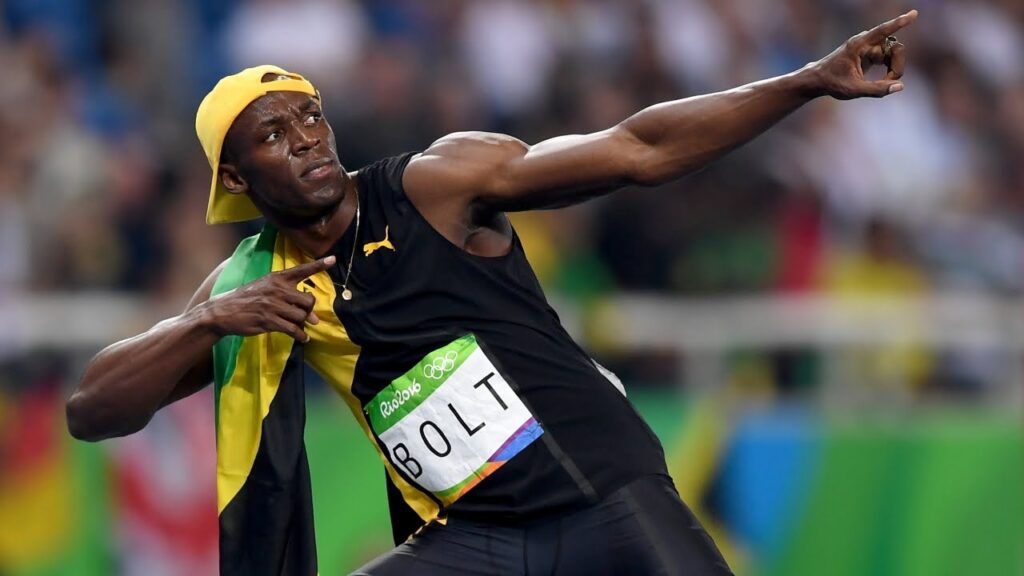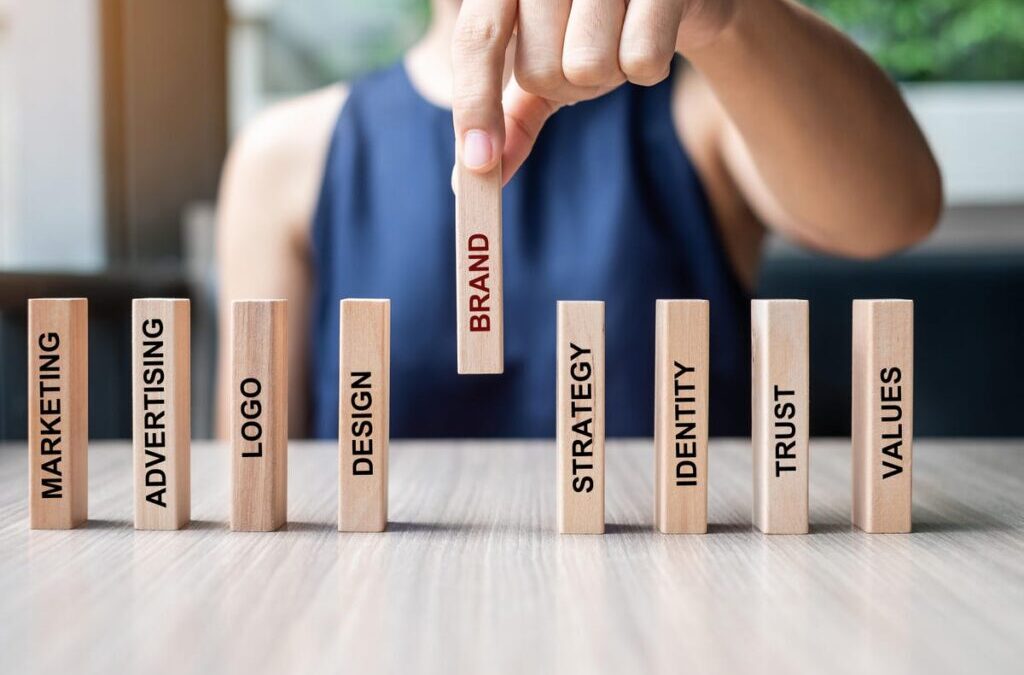Sport, while simply a pastime and perhaps a way of relaxation and exercise for some, is very much an avenue for financial freedom and sustenance for others. For many athletes, sport is their bread and butter and protecting their ability to ply their trade thus attracts significant importance for their continued success.
Athletes must not, however, forget the immense value of their brand. Building and protecting a brand, unfortunately, does not strike many athletes as something of importance when it comes to safeguarding their physical ability. This is far from accurate.
Like every other individual, athletes possess intellectual property and knowing how to use it can open the door to another aspect of sport that they may not have appreciated before. Intellectual property is the application of ideas and information that are of commercial value. It is a product of the mind and just like any other product, it may be bought, sold, or otherwise exploited. The ownership of intellectual property gives rise to certain protections known as Intellectual Property Rights such as: Trademarks, Copyrights and Image Rights.
While an athlete may hear the term intellectual property and think “well that’s great but how does that help me” they must all be made aware of the benefits. Intellectual property allows for commercialization of different aspects of the athlete in addition to their sporting ability. For example, an athlete can register a trademark in association with his image, identity and likeness once it is capable of graphical representation and is distinguishable.

It allows for an avenue for passive income through for example merchandise sales or securing brand deals with big companies/sponsors. Revenue earned from these ventures would run alongside the revenue earned from being a pro-athlete augmenting an already steady revenue stream.
The untold truth however is that many athletes learn of its importance only after their intellectual property has been used without their consent or at the point where their career is coming to an end.
Let us consider the first instance where intellectual property is used without the athlete’s consent. Often athletes go to major tournaments internationally and have not yet attained world recognition and acclaim. They perform exceptionally well and T-shirts with the athlete’s image on it are sold outside and bought with the intention of supporting and celebrating their achievement. However, the athlete receives nothing for it because of their failure to register their intellectual property rights with organizations which protect the rights of these athletes. Therefore, there is the ever-present risk of missing an opportunity to capitalize on the fruits of their labour.

There is also the glaring and somewhat inevitable fate of athletes that their careers are subject to the risk of deterioration given injuries. What happens when that foot does not dribble as fast as it once did or that swing is no longer strong like it used to be? Athletes through the protection of their brand, can acquire passive income allowing them to continue to earn even after their sporting careers have ended.
Caribbean athletes such as Usain Bolt have chosen to build and protect their brand. Commonly dubbed the fastest man in the world, Bolt has registered several trademarks including his name and a silhouette logo of his signature lightning strikes pose.
However, a large majority of Caribbean athletes have failed to be pro-active regarding their brand. The common theme rather is that only where athletes realize the illegal use of their intellectual property or where injuries have impacted their earning capacity, is when they may consider other income generating opportunities. This re-active approach is ill-advised and Caribbean athletes must be innovative and progressive in their approach to the business of sport.
It is even more important now that Caribbean athletes benefit from this largely untapped market made possible because of the business of sport but the general feeling is that many athletes have remained uninterested.
What is particularly concerning is the speed at which large companies exploit athletes using their intellectual property in promotional advertisements for their goods and services and through congratulatory messages which appear in such a way as to seem that the athlete has given permission for this to occur. This has the effect of exploiting the brand of the athletes without consent in return for monetary gain.
In addition to the unscrupulous actions of companies, there is a gap that remains in the Caribbean with respect to the lack of educational campaigns containing information about how athletes can protect themselves and their brand.

Positives signs of realization of the importance of intellectual property in sport has however been seen in some territories like Trinidad and Tobago. The Futsal Association of Trinidad and Tobago has recently partnered with Clover Consultancy to be the national sporting organisation’s official Intellectual property manager. This hopefully will have a ripple effect throughout the nation causing more athletes to consider the business of sport which they tend not to readily concern themselves with.
Throughout the world, the COVID-19 pandemic has presented numerous challenges to the sporting community. Some sports have been suspended, and some have been cancelled. The glass may be half full or half empty depending on how we look at it. During this time, we are given the opportunity to refocus, to think differently and to strategize. It has never been a better time for companies, sports organizations and athletes to look at how they conduct business. Culturally, sports are seen as extracurricular activities or something we do for fun but sport is a business and what we reap is what we sow.
Take front before front take you. Feel free to comment and let us know whether athletes should consider this and why!
